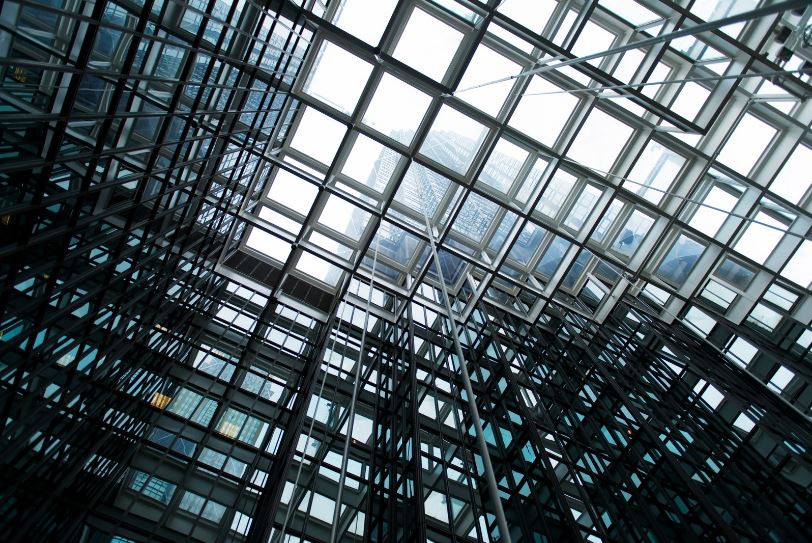Mediacentre

- 08 Dec 2023
- ·
- UK
Understand & Prevent Dropped Calls: A Comprehensive Guide
Dropped calls are a common frustration in today’s constantly connected world. At best case scenario they interrupt a catch-up with a friend or relative, at worst they disrupt an important business conversation, or even compromise your safety in an emergency.
This guide will explain the reasons why calls drop, the impact they can have, and the actions that organisations can take to prevent them.
Why does my phone keep dropping calls?
From network congestion to insufficient coverage, there are several causes of dropped calls:
Network congestion
Network congestion occurs when there is a high volume of traffic being transmitted through the cellular network. This can happen when there are too many users trying to access the network at the same time, or when there is a limited capacity for data transmission.
When a network becomes congested, it sometimes isn’t able to handle the high volume of traffic, leading to dropped calls.
Network congestion can be more common in areas with high footfall, such as transport hubs, shopping centres, stadiums and arenas.
Signal interference & blocking
Physical barriers such as buildings or even natural landscapes such as mountains or trees can block or attenuate the signal, leading to dropped calls.
Many large buildings are designed in ways that make signals particularly hard to penetrate, such as metallised glass, thick walls and steel structures, meaning that many commercial buildings are unable to meet the connectivity needs of the people who visit.
Handover failures
Handover failures occur when a mobile device fails to seamlessly transfer from one cell tower to another while in the middle of a call.
This can happen when a person is moving from one location to another and their device needs to switch to a different cell tower to maintain the call – if the device is unable to establish a connection with the new tower, the call will drop.
Despite service providers constantly working to improve their network infrastructure and technology, sometimes handover failures can occur due to reasons including network congestion, interference or technical issues.
What impact do dropped calls have on the user?
Dropped calls are more than just a nuisance – sometimes they can cause significant problems and disruptions. They can lead to:
Communication breakdown
Dropped calls can disrupt important conversations, whether personal, administrative or business related.
Productivity loss
Productivity loss from dropped calls can take many forms. Some examples include:
Office workers having to leave the building to take phone calls, having to go back to the beginning of a long customer service call queue, or waiting until you’ve left certain areas to make a phone call.
Safety concerns
Emergency services have their own networks, designed to be more robust and resilient than Mobile Network Operator (MNO) networks. However, there is still a chance of calls dropping due to any of the reasons above.
How to prevent dropped calls with an in-building solution
In-building connectivity solutions provide cellular connectivity in areas where conventional wireless coverage does not reach. The solutions take the signal from the MNOs and distribute it throughout the building via a network of small antennas.
In-Building Solutions are the most effective way to bring consistent 4G and 5G public cellular signals into venues that have insufficient coverage.
Distributed Antenna Systems (DAS)
A Distributed Antenna System (DAS) is a network of antennas that are strategically placed throughout a building or area to improve wireless coverage and capacity.
A DAS works by distributing the wireless signal from a central source, such as a base station, to multiple antennas located throughout the building. The antennas transmit the signal to the surrounding area, which both boosts the connectivity across the building and ensures that it is more evenly distributed.
DAS has the flexibility to be placed in the locations where the user needs them the most.
Use cases for an in-building solution to prevent dropped calls
In-building solutions are therefore highly effective at preventing dropped calls in different environments. Cellnex UK has extensive experience deploying in-building solutions for:
- Commercial real estate – enabling more efficient working environments.
- Hospitals and healthcare centres – allowing for better patient experiences, more effective staff communications as well as enabling automated processes.
- Retail stores, centres and outlets – enabling more interactive retail experiences as well as more reliable contactless payment options and stock monitoring.
- Hotel and leisure buildings – enhancing guest satisfaction and experience.
How can Cellnex UK help to improve your connectivity with an In-Building Solution?
Cellnex UK provides a fully-managed service for all of our In-Building Solutions. We manage the complete lifecycle of the solution, including design, installation, commissioning, operation and maintenance.
Our deep-rooted relationships with the UK’s four Mobile Network Operators (MNOs) mean we can have the right conversations on our customer’s behalf, encouraging them on-site.
For more information, visit our In-Building Solutions page. Alternatively, you can contact us on In-BuildingSolutions@cellnextelecom.co.uk, and we will help find the best solution for you.




























